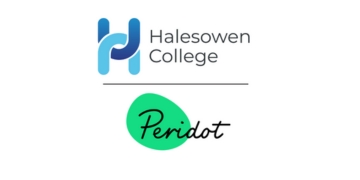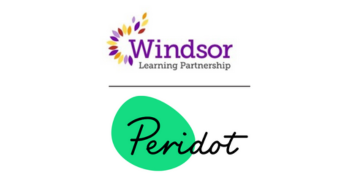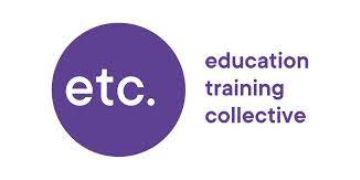A baseline assessment, like those delivered by Cambridge Insight, provides schools with detailed data on student ability and potential. But once a teacher knows the baseline of their students’ abilities, how do they put that into action in the classroom?
Our team of experts at Cambridge Insight have developed six tips based on their experiences as educators to help you improve teaching and learning for vocabulary and maths for 11–16-year-olds.
Vocabulary
1. Tell word tales
Most words in our language have a fascinating tale to tell. Knowing the origins of words can help understand their history, making it easier to remember their definition. For example, the word ‘business’ is thought to have originated from the old English word ‘bisignes’, originally meaning anxiety, care and occupation. In the mid-14th century, the word became busy-ness or busyness and retained the meaning ‘being much occupied’, while losing the meanings anxiety and care. The word business is often spelled incorrectly; without knowledge of the history of the word, students may sound the word out in their head (bus-i-ness, sounding much like busyness) to ensure the correct placement of the letter ‘i’.
2. Analysing word roots
With an understanding of common prefixes and suffixes, like ‘de’ or ‘anti’ that are derived from Latin and Greek, students gain valuable tools to decipher a wealth of words. For example, if they understand that ‘mono’ means ‘one,’ this can help them know that a monopoly is a market that has one dominant business. ‘Multi’ means ‘many’ therefore
a multi-national company operates in ‘many’ nations. It might also help them to understand what a monologue is in an English lesson or what monochrome means in Art and Design.1 2
3. Make meaning maps
Making a visual diagram that unpicks or investigates the word can help students better understand its meaning. This is like a mind map but specifically for vocab. Write the key term at the centre and then use branches to:
- Define
- Categorise e.g., noun, verb, adjective
- Describe the properties
- Use the word in a sentence
- Identify synonyms
You can add whatever branches you like!
Maths
1. Providing clear models for problem solving
This intervention involves offering well-defined models to guide students in solving specific types of mathematical problems. Through a variety of illustrative examples, students gain a clear understanding of the step-by-step process, enhancing their problem-solving skills and boosting confidence. Students can clearly identify examples in their book by drawing a specific-coloured box around it.
2. Formula sheets with diminishing support
This strategy employs formula sheets that initially offer comprehensive guidance, gradually reducing support over time. As students become more adept at using formulas, they rely less on explicit instructions, fostering self-reliance and deepening their understanding of mathematical concepts.
3. Extensive practice with new strategies
Students engage in rigorous practice of new mathematical strategies and skills. This repetitive practice reinforces learning, aids retention and enables students to apply their understanding in complex contexts. More proficient students can move on to more advanced tasks which offer greater challenge while less able students continue to practice.
Want more tips? Get our free guide for even more guidance on vocabulary and maths intervention ideas.
[Click here for the free guide]
















Your thoughts